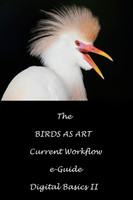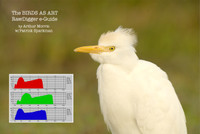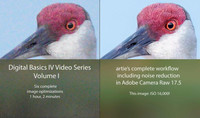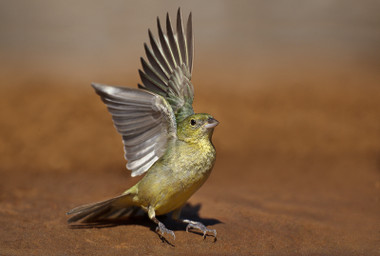 Loading... Please wait...
Loading... Please wait...- 8636920906
- Gift Certificates
- My Account
- Home
- Books, Videos and Training / Instruction
- Books and E-Guides by Arthur Morris
- DIGITAL BASICS E-Guide
Categories
DIGITAL BASICS E-Guide
Product Description
The Digital Basics File
More than 2500 sold!
If you cannot confidently transform this:
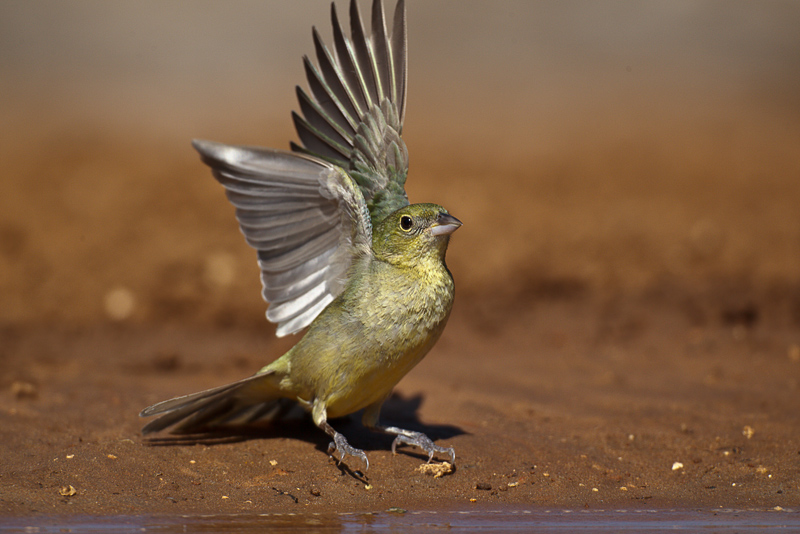
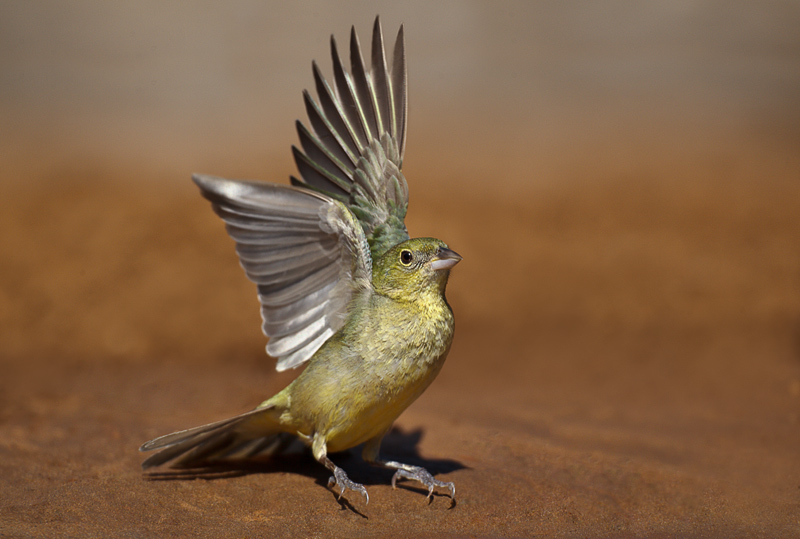
For those who want to learn this stuff quickly, the first thing I tell them is to go home, purchase and download Arthur's Digital Basics File, and sit down at the computer and work up 25 images following the workflow as outlined in the document. For most it is a matter of repeating the process enough times to become familiar with their software and ask questions beyond that of basic usage. As far as I know Arthur Morris is the only one that has condensed the optimization process into an easy to read and understand process and is willing to share it with everyone for a reasonable price.
Paul Denman, award winning photographer.
DIGITAL BASICS FILE/FREE UPDATES INCLUDED
When using flash to photograph birds, the eyes are often rendered quite funky… Red-eye and steel eye (an odd-looking silvery crescent on the eye) were common when using flash with film, but with digital (which is more sensitive to flash than film was), the effects are both wider ranging and even more detrimental to the image. When examining a flashed bird’s eye at high magnification, unnatural highlights and lightened and artificially colored (usually purplish) pupils are often revealed. Most folks simply ignore these problems but the fix takes only minutes...
.....
The techniques that I use to repair flash-damaged eyes are detailed in the "Digital Eye Doctor" section of the Digital Basics File update. Also included in this section are detailed instructions on selectively sharpening the eye or eyes of a bird.
Updated Jan. 2009 I have now completed the second draft of the Digital Basics file (11,405 words) that will become a chapter in "The Art of Bird Photography II." New topics covered include Understanding Histograms (if you own a digital camera and do not know how to read a histogram and adjust your exposure to create the ideal histogram, you are missing out on digital's greatest plus... Many of the digital photographers that I run into on IPTs have no clue as to interpret a histogram, at least until they leave!), expanded rewritten sections on Breezebrowser and Converting Raw Images, A Quickie Levels/Color Balance Trick (from Lewis Kemper as relayed by Ellen Anon), and detailed instructions on how to use Actions and Batch Processing to save hours and hours of work. (Heck, before I learned to use Batch Processing it took me 80 hours to prepare my first Digital Slide program. Now I can do the whole thing in less than an hour thanks to Actions and Batches.
Digital Basics File
I learned the basics of digital by helping a friend who had just bought a Canon EOS D-60. Even with this "head-start," I can remember being terribly frustrated by having to learn simple tasks like downloading and converting images, managing files, and optimizing images in Photoshop. Along the way, I learned by asking those more knowledgeable than I: Tim Grey, Juan Pons, Gregory Georges, Matt Haggadorn, and E.J. Peiker among others.
I should have mentioned that I know of no other source where the info needed to get started in digital photography is presented so simply and clearly--and in one place to boot! (I've always said that teaching long division to fourth graders who are three years behind helps one to realize the importance of explaining things clearly in step-by-step fashion.)
For those just getting started in digital photography this chapter will save you months of struggling; it will be the best $25 that you ever spent.
Please note, this is a large file. Some email services (such as aol, hotmail and yahoo) may not accept such large files. In addition some folks have their computers or e-mail systems set up to block attachments (usually unknowingly). When you place your order, we will--almost always within two days (but usually much sooner than that) send you the Digital Basics PDF File as an attachment. If you do not receive it within three days, let us know and we will send you another version which will include an MS Word file as an attachment plus the text and photos copied (cut and pasted) into the body of the e-mail. If you do not receive that in three days, let us know and we will send you only the text and photos copied into the body of the e-mail.



